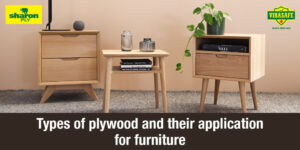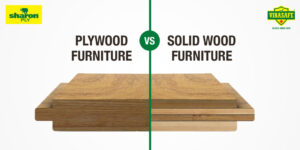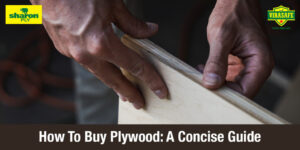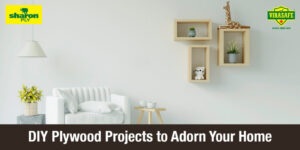


‘The smallest of things can cause the greatest damage.’
Whoever came up with this quote, was likely referring to termites. These small, innocuous creatures can cause extensive damage to wooden… furniture, wood and literally anything that contains wood-derived products, including paper, cardboard and plywood.
Some of us may have experienced a termite infestation forehand, whereas others may have heard of it. It is of utmost importance that we know and identify the signs of a termite infestation and take the necessary precautionary steps to prevent further damage. Before we dive head-on into these infestations, let us see what termites are and what they can do.
Termites: The Worst Enemy of Furniture
Termites are extremely small, blind organisms that live together in large colonies. Cellulose, the main component of wood, is one of the main things that these creatures feed on. They break down the wood and leave fine sawdust trails that can be damaging to furniture.
While one termite isn’t harmful in the short run, a colony comprising thousands of termites is nothing short of a disaster waiting to happen. Termites can eat surfaces, leaving behind hollow beds, tables, walls and even ceilings (if they are made of wood), leaving behind very weak structures that can collapse anytime. Therefore, termites are a huge safety hazard and need to be eliminated as quickly as possible at all costs.
Before we go into the signs of a termite infestation, be rest assured that the termites will not bite you or cause any disease directly. They only eat wood (and products made of wood), and you needn’t worry about getting bitten by them.
Four Major Signs of a Termite Infestation:
Termites do not cause damage very quickly. They take weeks, months and perhaps even years to damage a surface considerably. Hence, we need to be very observant and lookout for some of the telltale signs of the infestation. Here are the four major signs of an infestation.
5 Steps to Prevent Termite Infestations:
It is said that prevention is always better than cure, and rightly so. Restoring furniture and other wooden articles after an infestation is time-consuming, effort-intensive and costly! Hence, here are 5 tips that you can use to prevent termite infestations in the long run.
Types of Wood Susceptible to Termite Attacks
We often wrongly believe the notion that untreated wood is best. However, this is entirely wrong. Pressure-treating wood with preservatives helps in maintaining the longevity of the furniture. Therefore, processed woods are certainly more resistant to termites.
When it comes to the type of wood, wood from the core of the tree, known as heartwood, is more resistant to termite attacks than the wood found externally on the tree. Additionally, some trees such as redwood, cedar and cypress are naturally more resistant to timber than other woods.
Lately, composite wood structures made of a mix of plastic and wood are more resilient and structurally viable than pure wood.
Conclusion
Protecting your wooden furniture and preventing termite infestations is of utmost importance in maintaining the quality and structural integrity of your furniture. By selecting the right products, and ensuring that termites are kept at bay, you can avoid these pesky pests.










